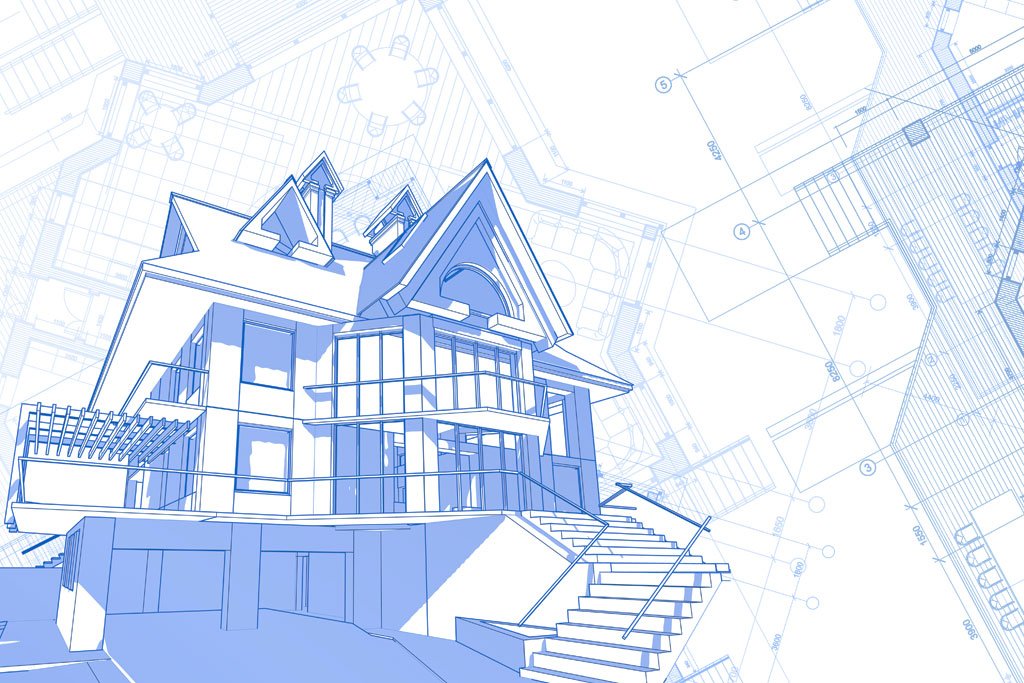If you are fortunate enough to build your dream home, you may take considerable care to choose the exact location, architectural style and interior-design features. Yet one area that often goes overlooked until much later in the process is safety.
As a residential risk manager and former firefighter, I have seen countless examples of hazards that could have been avoided had different decisions been made up front. For example, if a home is situated far from a fire hydrant, I might suggest installing a water tank on the property. However, thatcan be quite disruptive after the residential construction is completed.
Fortunately, you—along with your contractor, architect, designer and other residential-building professionals—can sidestep these mistakes with up-front planning.
Before you break ground
While the most thorough planning will be based on your individual circumstances, here are ten major factors to consider:
1. Location: If you live in an area prone to natural disasters (hurricanes, wildfires, earthquakes, floods) or freezing temperatures, there are precise recommendations to maximize safety and lessen the chance of related damage. Encourage your builder to go beyond standard building codes when additional safety measures can be employed.
2. Family safety: I can personally attest to the importance of this often-overlooked step and can’t stress it enough: Install a residential fire sprinkler system to protect your family and possessions.
3. Security: Go beyond fire and burglar alarms and consider a home monitoring system or interior/exterior surveillance cameras. If you have household staff, assign individual alarm codes to all employees to monitor their activity.
4. Building materials: Consider pre-treated wood products that are fire resistant and protect the home from fungal and insect infestation. You can also elect more energy-efficient and environmentally conscious design options on the market today, such as geothermal heating/cooling (renewable energy stored within the earth to heat and cool the home).
5. Household water damage: Plumbing leaks are the leading cause of home insurance claims, not to mention a major frustration. Consider installing a whole-house automatic water shut-off system, which can be programmed to monitor personal water use patterns and be easily integrated into a security system.
6. External flooding: Your builder can install engineered openings, called “smart vents,” in the foundation and breakaway walls. Another consideration is using free board to raise your home above the predicted flood elevations for your area.
7. Wind damage:Even if you live elsewhere, consider using products that meet the strict Miami-Dade, Fla., specifications for exterior glass (windows and doors) and shutters. You can also install impact-rated entry and garage doors.
8. Gas leaks: Earthquakes are occurring more frequently and can impact unexpected areas. A gas shut-off valve will automatically shut off your home’s gas supply in the event of a 5.4 or greater earthquake.
9. Lightning: You never know where lightning will strike. Lightning rods help protect against fire and damage to increasingly sophisticated electronic systems.
10. Valuables and art: Build a safe into the framework of your home that is U.L.-listed and fire-rated for at least two hours. If you plan to display art, choose windows with ultraviolet filters.
Insurance Considerations
There are countless precautions you can also implement after construction is completed to continue this trend of maximizing safety, but acting early is key. Additionally, many insurance providers will offer savings off your annual home-owners’ premium if you can demonstrate certain safety precautions are in place, such as the presence of a central station alarm system. Work with an independent insurance agent who specializes in solutions for owners of luxury homes to ensure you can access the best possible coverage and value-added services.
American International Group, Inc. (AIG) is a leading global insurance organization serving customers in more than 100 countries and jurisdictions. Through its Private Client Group, a division of the AIG member companies, successful individuals can access innovative protection for homes, excess liability, automobiles, private collections, yachts and more. AIG Private Client Group also offers supplemental services designed to minimize property damages, safeguard fine art and other collectibles and bolster family safety.
















